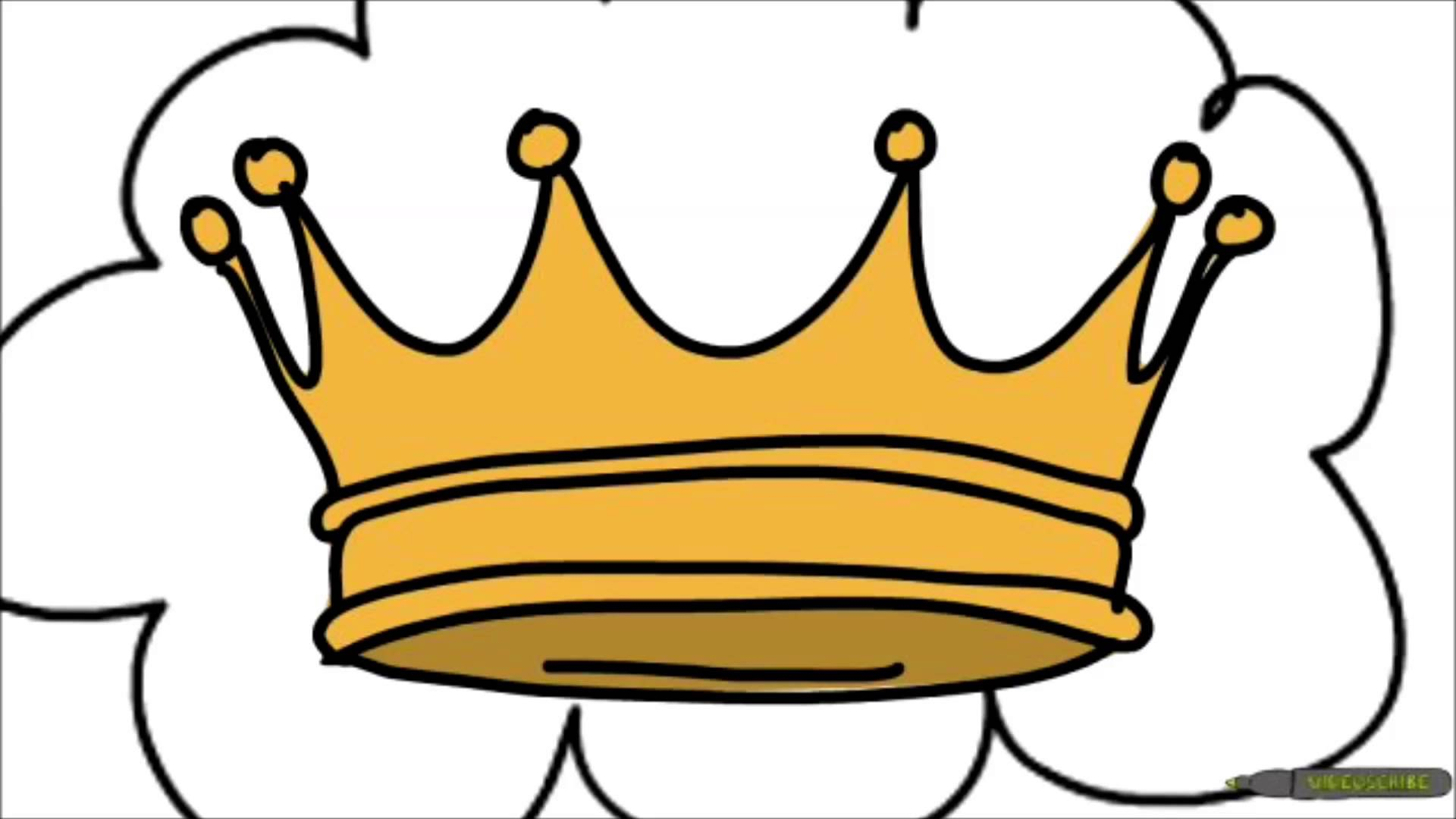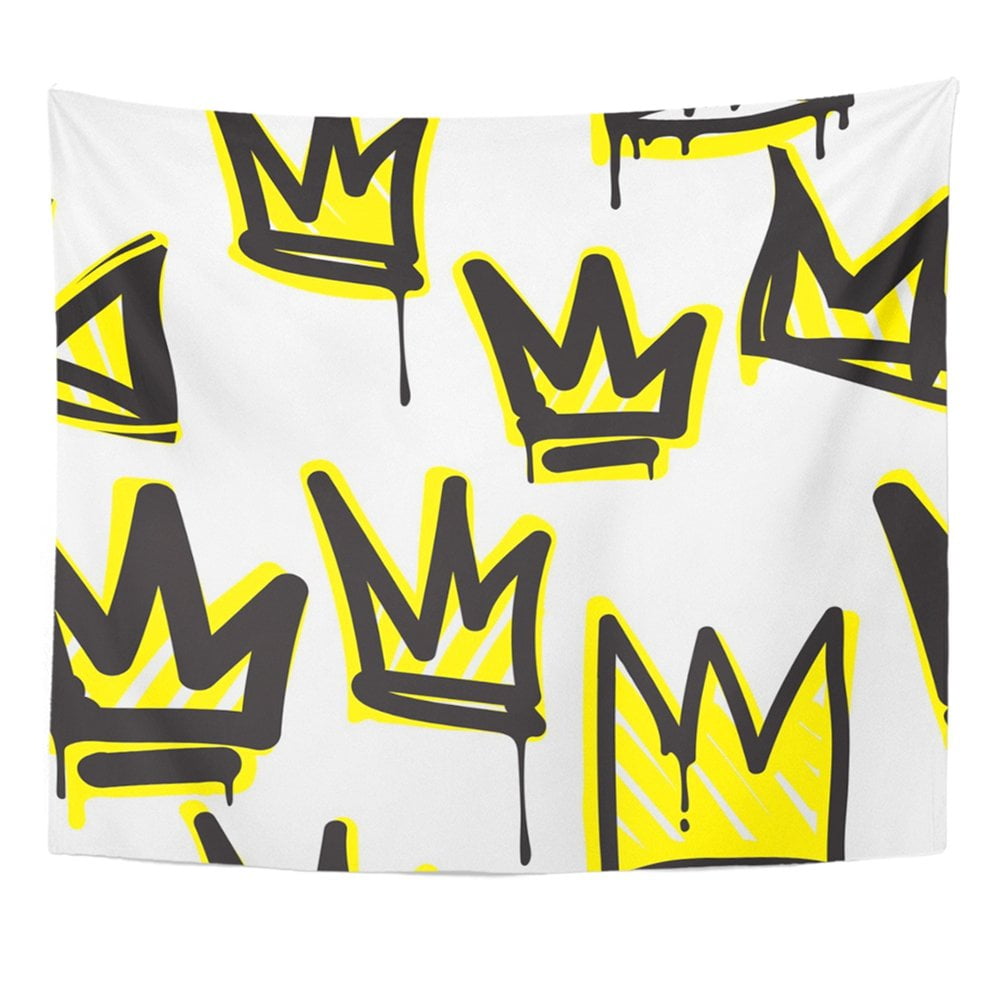

Moully certainly challenges the “old” way of thinking while embracing the outdoor art scene there.

“Zreyli did a beautiful thing, but some thought it was more respectful to paint over the Rebbe than leave it up, which doesn’t make sense,” Moully said. It’s a shock when it’s destroyed, and yet we do it again and again.” We don’t get paid, some people help with providing paint, but we do it because we believe in it. “We put it there as a gift for everyone to see. “When you put art in the street, you don’t expect it to stay there,” Zreyli said. Featuring the Lubavitcher Rebbes and also the Satmar Rebbe from Poland, they lasted at times for several years. Brainwash,” Zreyli has done street art in Montreal on many walls that are legally designated for art. Originally from France and inspired by the French graffiti artist “Mr. Zreyli, a 56-year-old father of 10 children, who had gotten permission to paint the murals, called the culprits “zealots with a fanatical attitude.” A year later, the same murals got defaced again, this time with an image of a dark-skinned woman with bright red lips, accompanied by Hebrew writing. Shortly afterwards, some local Chabad youths defaced it, painting over images of the Rebbe with a blackout square. Two years ago, a Montreal Hasidic street artist, Zreyli, painted five portraits of the Lubavitcher Rebbe along with the Seven Noahide Laws on Crown Heights street walls.

Souza was an artist in residence this past year with The Israel Innovation Fund, which supports art in Tel Aviv, where Souza completed the largest mural on a building there.Īnd he isn’t the first to try his hand in Crown Heights. His portraits take up to four hours to complete, and subjects include political personalities, thinkers and rabbinical figures. The London-born artist, known for his hundreds of spray paint portraits in Israel’s Mahane Yehuda market that came alive at night after shops shuttered their doors, has been creating street art since he was 15. So I have one of his descendants’ approval.” “But one woman walked over and said she’s actually a descendant of the Alter Rebbe and she loved it and thought it was suitable and respectful. “A few people passed by as I was working on it and said critical things,” said Souza. “We need something kosher to be available.” “There is enough shmutz out there all over the place, on every bus stop, the subway station, billboards, etc.,” wrote another. “I just love walking down Kingston Ave and seeing the face of the Alter Rebbe,” one commentator wrote. “There are many other ways to add color to Crown Heights streets, in a Hasidic way too… is nothing sacred any more?” “A disgrace to the Alter Rebbe,” one commenter wrote on a local news site. And the response from the local community has been mixed.įor many in the community, the idea of painting holy rabbis on walls of buildings seemed sacrosanct. Visiting from Israel, Souza painted a blue portrait of the “Alter Rebbe,” also known as Schneur Zalman of Liadi, the founder of Chabad Hasidism, whose yartzeit was commemorated this month.īut this is no Judaica shop art. Solomon Souza, a 25-year old graffiti artist, and 40-year-old Chassidic pop artist, Yitzchok Moully, decided to use Crown Heights’ walls as a gallery for their colorful street art last month. Look into the alleyway on the side of the store, and you’ll see a striking bright blue portrait of an old Hasidic rabbi. If you walk by Primo Hatters men’s hat shop on Kingston Avenue in the heart of Crown Heights, you might just miss it.


 0 kommentar(er)
0 kommentar(er)
